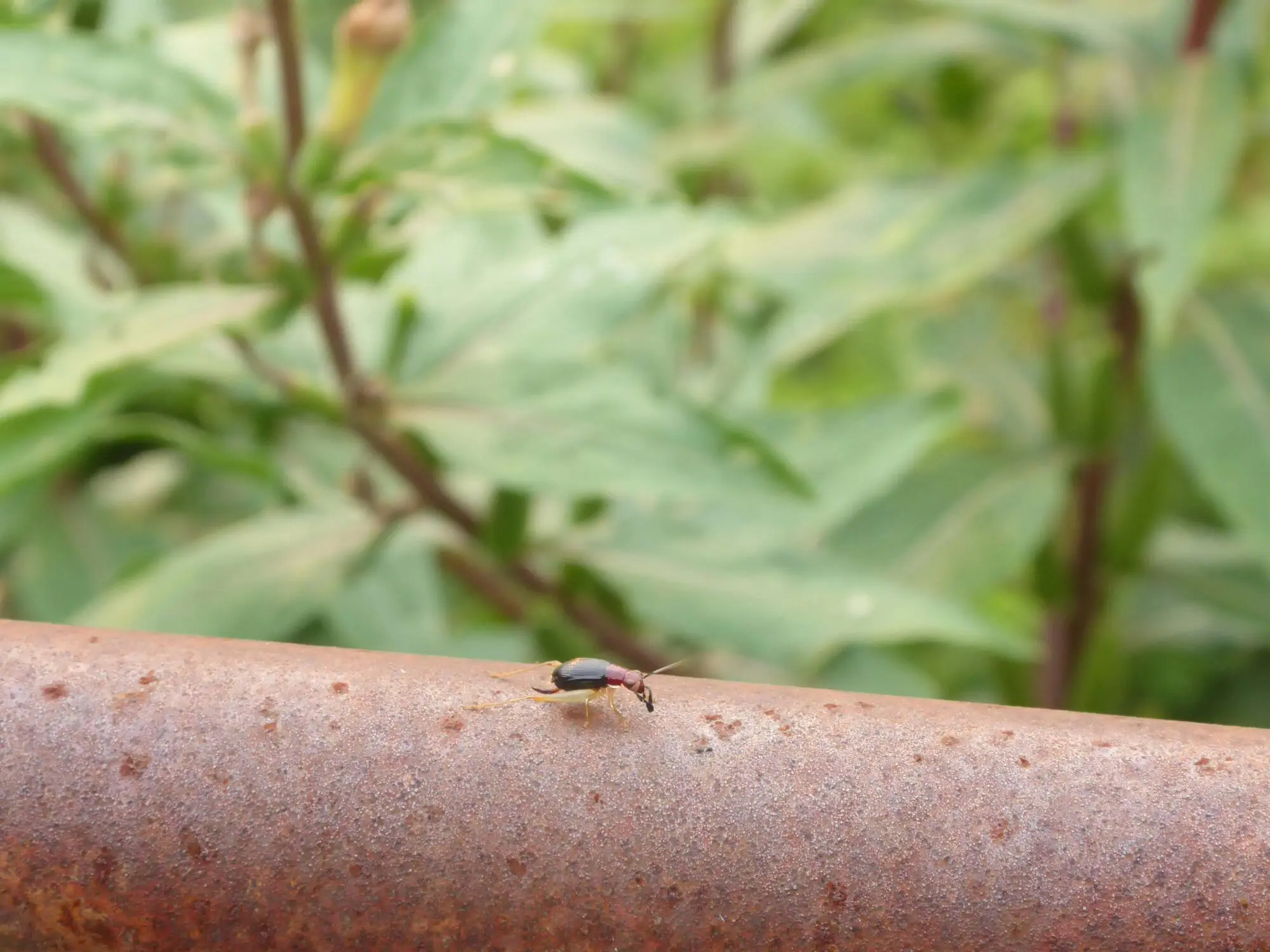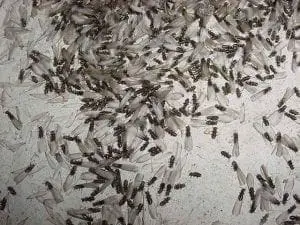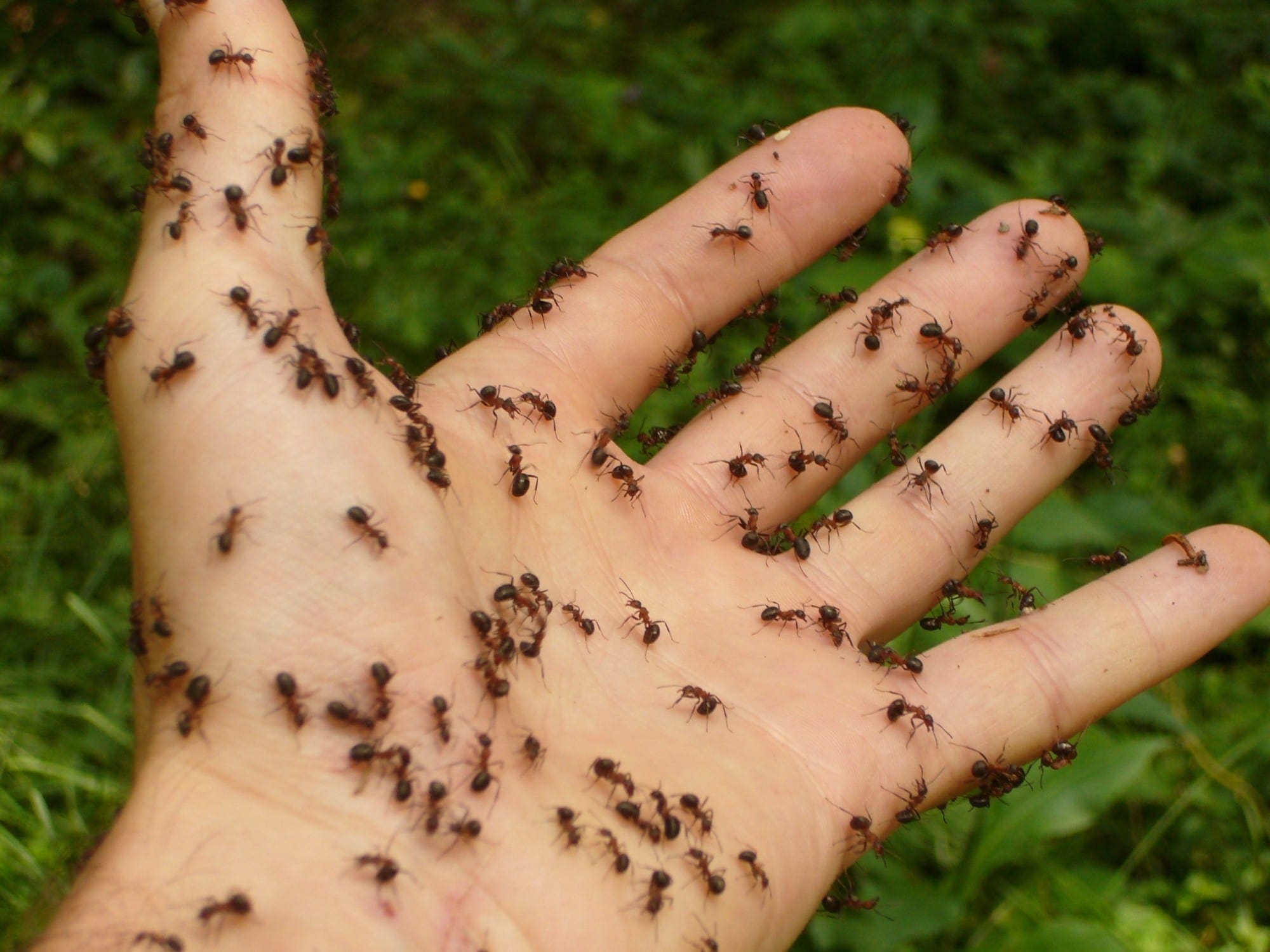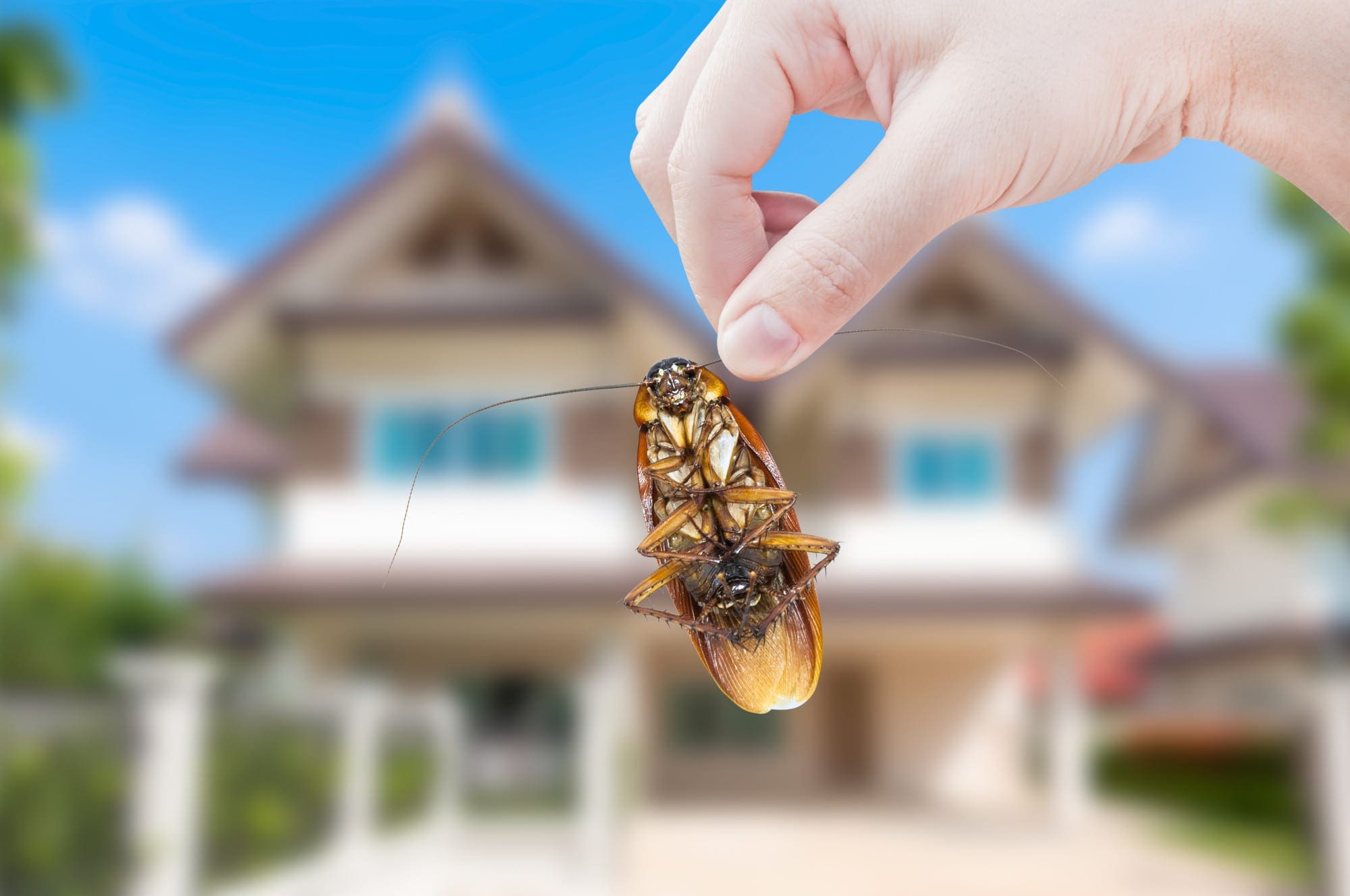That speck on your ankle? It bites, burrows, and could ruin your summer. Ticks love tall grass, shady corners, and your unsuspecting skin. Left unchecked, your yard becomes their breeding ground, and your backyard BBQ becomes a biohazard.
You don’t need harsh chemicals or a hazmat suit. With the right moves, smart planting, pet-friendly sprays, and a few well-timed hacks, you can clear them out fast, with no collateral damage.
Want your yard back? Read on to find out how to get rid of ticks in the yard.
Yard Pest Control: Tidy Up Trouble Spots
Ticks love chaos. The more overgrown, damp, and untouched your yard is, the more likely it is to become a breeding ground for them. Their favorite hiding spots aren’t random; they target:
- Leaf piles
- Tall grasses
- Brushy corners
- Any cluttered or shaded area where animals might pass through
If your lawn has edges that blend into wild or wooded areas, that’s the first zone they’ll colonize. When it comes to safe tick removal methods, start with a top-down clean sweep.
Mow your grass regularly and keep it short. Ticks dislike sun exposure, and long blades provide them with a perfect launchpad for attaching to passing legs. Clear out leaf litter and rake away debris under shrubs and trees. This not only removes places for ticks to hide but also takes out the rodents that shelter in the same areas and carry ticks on their backs.
Get rid of any unnecessary yard clutter:
- Old lawn furniture
- Wood piles stacked right on the ground
- Kids’ toys that sit unused for weeks
- Overgrown ivy crawling up fences
These areas remain cool and humid, which is precisely what ticks need to survive. Keep woodpiles elevated and move them to the driest, sunniest part of the yard if you need to keep them around.
Hire Professional Pest Management
If you’ve already done the basics, it’s time to bring in lawn pest management professionals. Pest control experts don’t just spray and pray.
They evaluate the layout of your property, identify hot zones where ticks thrive, and apply targeted treatments that are both effective and safe for families and pets. Professional tick control often involves a combination of perimeter spraying, granule applications, and in some cases, habitat modification advice that goes beyond what a typical homeowner might consider.
They know where ticks nest, how they migrate across yards, and when they’re most active seasonally, making treatments better timed and longer-lasting than over-the-counter products.
In areas with a high risk of Lyme disease or where children and pets spend a lot of time outdoors, this step isn’t optional.
Create a Barrier
Ticks don’t wander far on their own. They rely on hosts like deer, mice, or pets to carry them into your yard. But once they’re in, they’ll cling to brushy edges and shady spots until something warm-blooded walks by. That’s why creating a physical barrier between wooded or overgrown areas and your living space can stop them from ever reaching you.
One of the most effective methods is to install a dry, tick-repelling zone using gravel or wood chips and a tick repellent for yards. Lay down a strip at least three feet wide around the perimeter of your yard, separating lawn areas from tree lines, tall grass, or brush.
Ticks avoid open, sun-exposed ground because it dries them out. This simple buffer acts like a no-man’s land they’re reluctant to cross. Barriers aren’t just for ground level.
If you have fencing, consider reinforcing the base with wire mesh or planting tick-resistant shrubs, such as lavender or rosemary, to discourage wildlife from passing through. Keep play areas and patios on the inside of your barrier for good lawn pest management.
Protect Your Pets
If ticks are getting into your yard, chances are they’re hitching a ride on the family dog or outdoor cat. Pets are the perfect hosts low to the ground, covered in fur, and always poking their noses into shady corners. And once a tick catches a ride indoors, your home becomes part of the problem.
Consult with your veterinarian about year-round tick protection, not just seasonal use.
What matters most is consistency. Skipping just one month gives ticks a window to bite. Next, build a tick-smart routine. After outdoor play or walks, run your hands through your pet’s fur, especially:
- Around the ears
- Under the collar
- Between the toes
- At the base of the tail
Even if they’re on a preventive, ticks can still bite before dying off. Early removal reduces the risk of disease. Also, treat your yard with pets in mind. Avoid harsh chemicals that could harm them, and opt for targeted treatments or pet-safe options, such as cedar oil. Keep your pet’s favorite lounging spots well-trimmed and dry.
Preventing Ticks Outdoors: Monitor Things Regularly
Eliminating ticks isn’t a one-and-done job. Even after you’ve cleared brush, treated the yard, and kept your pets protected, ticks can find their way back in. That’s why regular monitoring is essential.
Think of it as routine maintenance for your landscape and peace of mind. Start simply: conduct a monthly yard check during the warm months. Drag a white towel or flannel sheet slowly through grassy or brushy areas and inspect it for any clinging ticks. It’s a low-tech but surprisingly effective way to spot-check problem zones. If you find even a few, it’s a sign your barriers or treatments may need reinforcement.
Also, pay attention to significant weather shifts, especially rainstorms or heat waves. Moisture followed by warmth is prime time for ticks to re-emerge.
Keep a seasonal schedule, too. Early spring and late summer are high-alert times for ticks in most regions.
How to Get Rid of Ticks in the Yard? Now You Know
How to get rid of ticks in the yard? With this guide, it’s pretty easy.
Don’t let ticks turn your backyard into a no-go zone. At Chet’s Termite & Pest Management, we’ve been protecting Tampa families for over 30 years with expert service and real results.
Our seasoned technicians, some with us for over a decade, don’t just treat your yard; they know it like it’s their own. Call now to schedule your free inspection and meet the team that gets your tick problem handled right, the first time.




